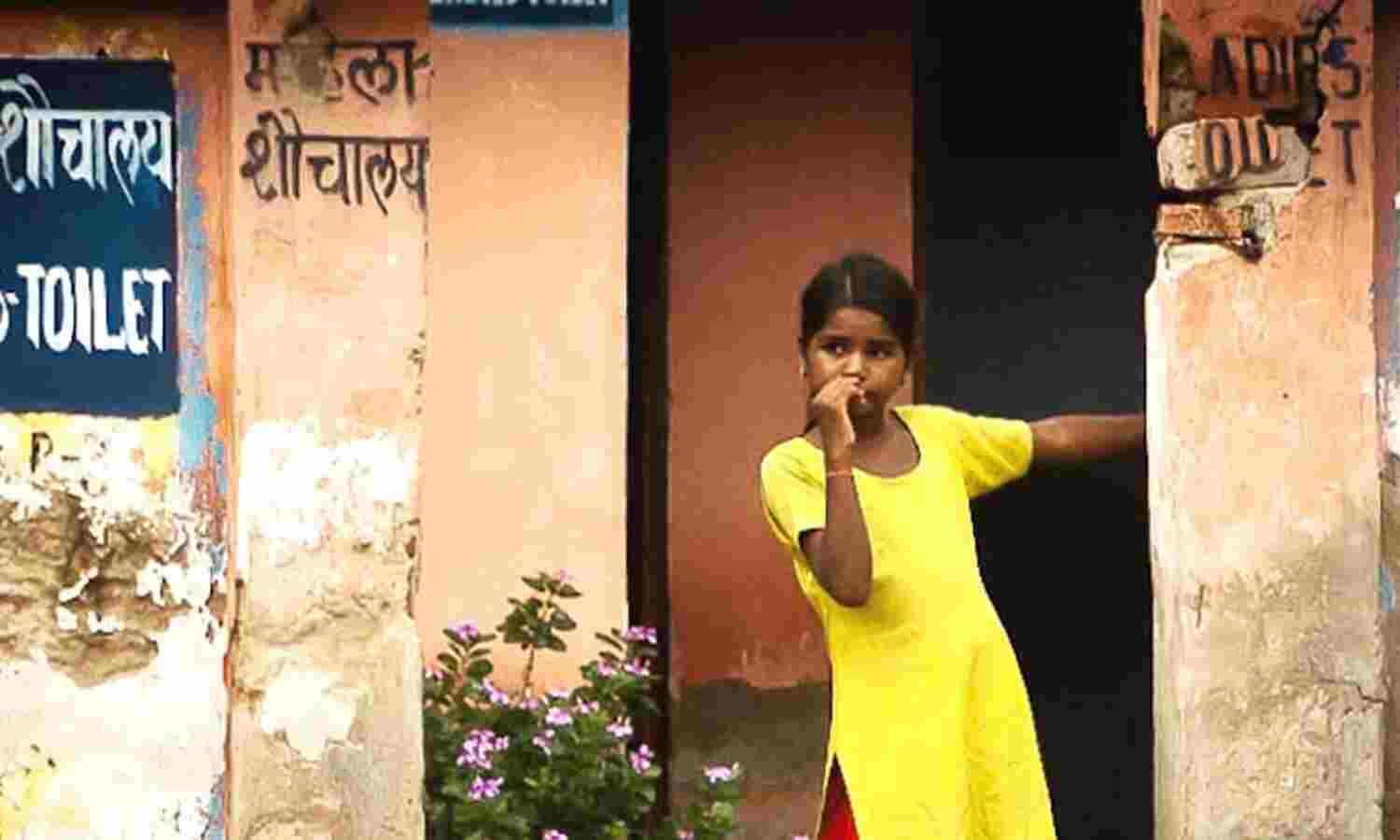1 Year Left For Swachh Bharat Deadline; 54% Rural Households Defecate In Open

New Delhi: About four (38.9%) of ten Indian households defecated in the open, according to the latest national health data gathered in 2015-16, down from 55.3% a decade before that, a decline of 16.4 percentage points.
While 10.5% of urban households defecated in the open in 2015-16, compared to 16.8% a decade before that, more than half (54.1%) of India’s rural households used no toilet or defecated in the open, compared to 74% of rural households who did so in 2005-06, according to the National Family Health Surveys in 2005-06 and 2015-16.
Access to sanitation reduces the spread of diarrhoea--caused by bacterial, viral and parasitic infections, mostly spread by faeces-contaminated water--studies show. Diarrhoea is the leading cause of malnutrition, and is the second leading cause of death in children under five years, as IndiaSpend reported on July 29, 2017.
In 2015-16, almost half of Indian households (48.4%)--70.3% urban and 36.7% rural--had “improved sanitation facilities”, officialise for toilets where waste is disposed without human contact.
Only 14.9% urban and 6.1% rural households used a shared improved toilet, while 3.7% urban and 3.1% rural households used “unimproved” toilets, which include dry latrines, flush latrines not connected to sewer, pit latrine without a slab or an open pit.
In rural areas, the caste system, untouchability and beliefs about benefits of defecating in the open contribute to high open defecation rates, Dean Spears and Diane Coffey, sanitation researchers, told IndiaSpend in an interview on August 13, 2017.
On October 2, 2014, Prime Minister Narendra Modi had launched the Swachh Bharat Mission (SBM) or Clean India Mission with the goal of making India open-defecation-free by 2019, the 150th birth anniversary of Mahatma Gandhi.
More than 49 million households in India have toilets--up from 38.7% in 2014 to 69.04% in 2017. Yet, only 62% of 207 districts and 63% of 249,811 villages declared ‘open-defecation-free’ have been verified, FactChecker reported on October 2, 2017.
The World Bank, which had promised a loan of $1.5 billion (Rs 10,500 crore) for SBM-Gramin, did not release the first instalment due in July 2016 because India did not fulfill the condition of conducting and announcing results of an independent verification survey and termed the scheme’s implementation “moderately unsatisfactory”, IndiaSpend reported on May 24, 2017.
(Yadavar is a principal correspondent with IndiaSpend.)
We welcome feedback. Please write to respond@indiaspend.org. We reserve the right to edit responses for language and grammar.


